Farming Alpaca in New Zealand |
Alpaca are superb animals to farm as they are intelligent, easy to handle and very hardy. They also possess a very appealing and calming presence. Compared with most other livestock they need little routine maintenance. They are not dangerous and are often handled by children. For this reason they make an excellent choice of livestock for lifestyle block owners. They do not get footrot or flystrike [lack of lanolin] commonly associated with sheep farming. There is no need for crutching, tail docking, or dipping. No dehorning either. |
Alpaca requirementsIn NZ alpaca are farmed from Northland to Southland, they are hardy and adaptable. There is no need for any special shelter, however shade in summer is desirable. Alpacas rarely jump, so no special fencing is required. Barbed wire and electric fences should be avoided. Because alpaca are a herd animal and are stressed when separated from the herd, you need to have at least two for company. We do not sell one alpaca to anyone, unless they already have some. Stocking rates of 4-5 to the acre seems to be a good guide. In NZ conditions the problem of over feeding on high protein pasture is more likely. |
Feeding
|
Husbandry
|
Alpaca reproductionGestation is usually between 11 to 12 months and females are commonly mated around 14 days after giving birth. Alpaca are induced ovulators and so do not produce an egg until stimulated by mating, meaning they can be bred at any time of the year. Females are usually mated for the first time according to weight and age. In New Zealand with good management females will start breeding at around one year of age. Pen mating is the most common and successful method of mating alpaca. Mating may be observed for effectiveness and dates recorded. Paddock mating is sometimes used when mating on larger properties saving time, but birth dates become less reliable. An open female will accept the male's advances by sitting down in the kush position. When a female thinks she is pregnant she will then reject the male by refusing to sit, spitting or kicking him away. Commonly referred to as 'sit or spit'. Ultrasound scanning is one of the most effective methods of determining pregnancy as the operator can see the foetus. Regular monitoring of the pregnancy throughout gestation enables the owner to re-mate any female who does not carry the cria to full term, without losing valuable time. Alpaca usually give birth during daylight hours and seldom need assistance. Within an hour or so the cria (baby alpaca) will be up and walking, looking to mum for it's first feed. |
Stud services
|
Shearing
|
FencingAlpaca have very simple fencing requirements and in most cases the existing fencing on your property will be all you need. Alpaca generally don't challenge a fence or rub up against it.
All are acceptable for alpaca. Make sure they are in good condition and properly strained. |
|
|
|
|
AvoidElectric fencing and in particular electric tape. Alpaca have great insulation from their fleece and don't respond to electric fences. These fences are often not as well strained making it easier to get tangled. Barbed wire is also to be avoided Males & FemalesAlpaca will be more like to go through a fence than over it so you may need slightly better fencing to separate intact males from the females. Five wire with battens will prevent most males getting in with your girls. WeaningThe other time an alpaca will look to go through a fence is when cria are first weaned from their mothers. It is best to keep them out of sight from each other or at least one paddock in between. Paddock SizeResist the temptation to cut up smaller and smaller paddocks. Alpaca prefer to have lots of room to roam. You will find they develop a pattern of grazing in different places at different times of the day. Alpaca are very socially influenced and crowding in small paddocks may introduce social stress to the herd. If you already have small paddocks you can leave gates open for them to move between. |
|
Buying guide |
||
|
||
Suri Alpaca |
||
|
||
Suri Fibre |
||
|
||
History of Alpaca |
||
|
||


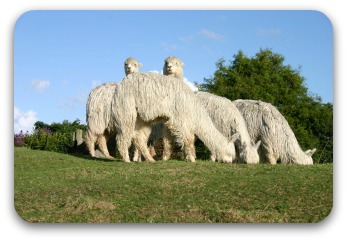
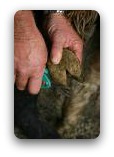
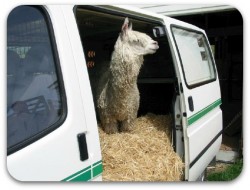
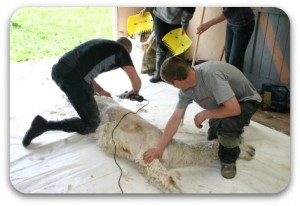
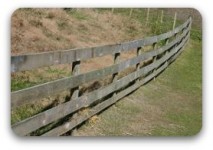 Post and rail fence
Post and rail fence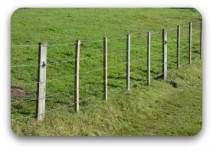 Post and batten fence
Post and batten fence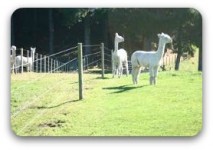 5 wire fence
5 wire fence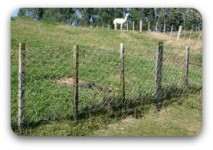 Netting fence
Netting fence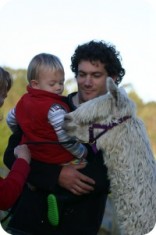 Purchasing your first alpaca can be daunting, there seems like so much you need to know. So to make it a bit easier we have put together some quick tips to help you.
Purchasing your first alpaca can be daunting, there seems like so much you need to know. So to make it a bit easier we have put together some quick tips to help you.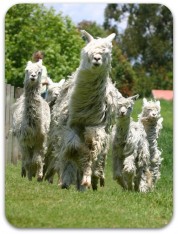 Suri produce a rare beautiful fibre unlike that from any other animal. The best known suri trait is the outstanding natural luster but it also has a beautiful feel...
Suri produce a rare beautiful fibre unlike that from any other animal. The best known suri trait is the outstanding natural luster but it also has a beautiful feel...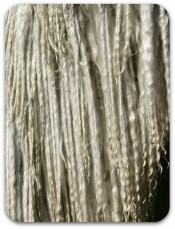 Suri produce a rare beautiful fibre unlike that from any other animal. The best known suri trait is the outstanding natural luster but it also has a beautiful feel...
Suri produce a rare beautiful fibre unlike that from any other animal. The best known suri trait is the outstanding natural luster but it also has a beautiful feel...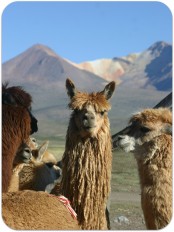 Alpacas are members of the South American Camelid family. They are a domesticated animal, most likely descended from the vicuna...
Alpacas are members of the South American Camelid family. They are a domesticated animal, most likely descended from the vicuna...


